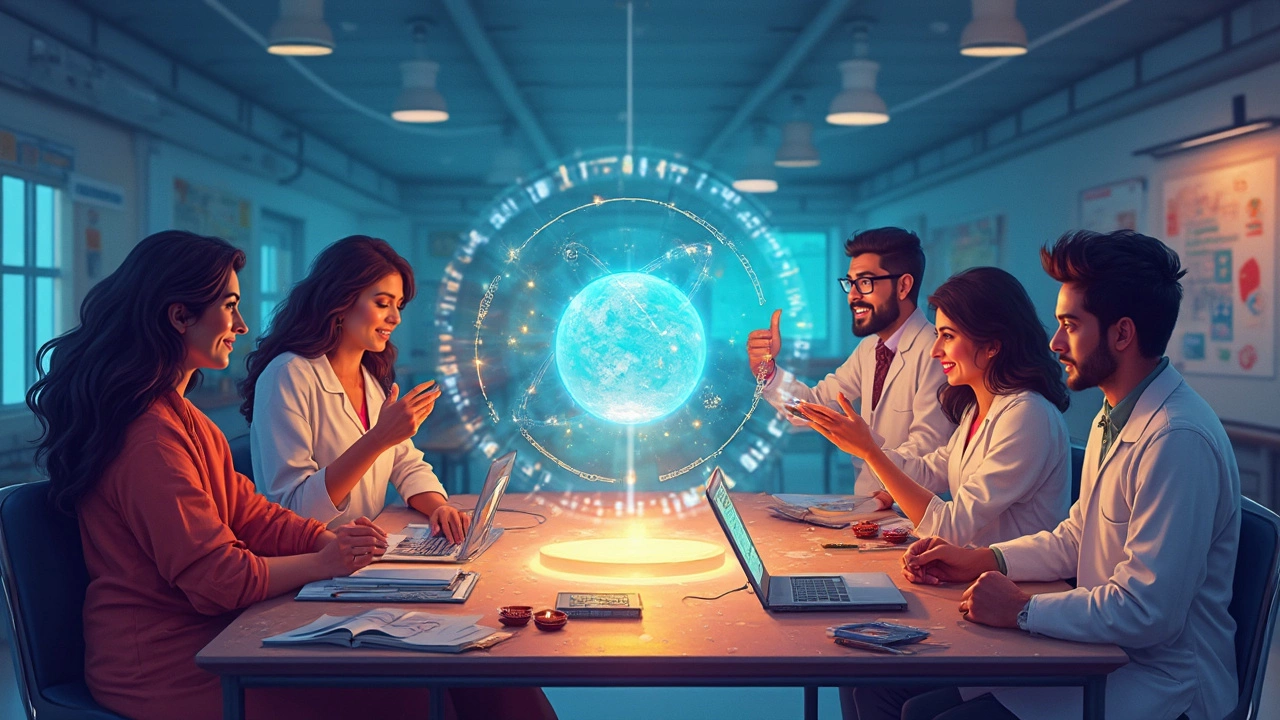Human Spaceflight: What It Takes to Send People Beyond Earth
When we talk about human spaceflight, the process of sending people into space using spacecraft. Also known as crewed spaceflight, it’s not just about blasting off—it’s about keeping humans alive in a place where there’s no air, no gravity, and no safety net. This isn’t science fiction anymore. India’s Gaganyaan mission, India’s first human spaceflight program led by ISRO is making this real, aiming to send astronauts to low Earth orbit by 2025. And it’s not just about flags and photos—it’s about solving hard problems like life support, radiation shielding, and safe re-entry.
Behind every astronaut is a team of engineers, doctors, and software experts working on space technology, the tools and systems that make human space travel possible. From oxygen recyclers that turn sweat and breath back into clean air, to spacesuits that act like personal spacecraft, every piece has to work perfectly—or people die. The same tech that keeps astronauts alive also helps us improve medical monitors, water purification, and even AI systems on Earth. And it’s not just NASA or SpaceX doing this anymore. Countries like India, China, and the UAE are building their own paths into space, using local talent and local resources.
What does this mean for you? It means the next big leap in science isn’t just happening in labs—it’s happening in launch pads, training centers, and mission control rooms across India. You’ll find stories here about the people building the rockets, the scientists designing the suits, and the engineers solving problems no one’s solved before. Some posts dive into the technical side—how life support systems work, what astronauts eat, how they sleep. Others look at the bigger picture: why nations invest billions, what it takes to train an astronaut, and how spaceflight connects to everyday tech we use now. This isn’t about fantasy. It’s about real people, real science, and a future where going to space isn’t a dream—it’s a possibility.




